NST Scanning Electron Microscope sessions
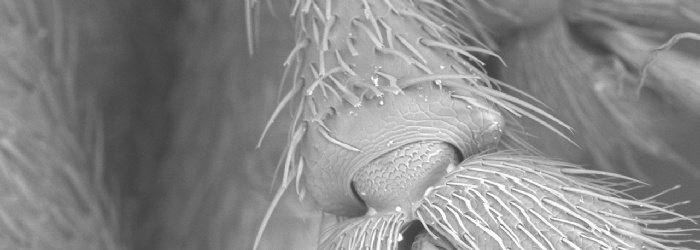
The last week in May 2025 saw the launch of our Trust-wide scanning electron microscope sessions. The microscope is provided as a loan scheme part of a collaboration between the Institute for Research in Schools, The Royal Microscopical Society, The Natural History Museum, Hitachi High Technologies and Oxford Instruments.
What is the Hitachi Global STEM Outreach project?
The Hitachi Global STEM Outreach Project portable SEM is available for schools to use for FREE for up to half a term. The scheme includes:
-
Free loan of the portable SEM for up to half a term
-
Full training and support
-
Materials to assist with teaching and training
Learn more here.
Thirty pupils from Roscoe Primary School and thirty from New Park Primary School enjoyed a session using the scanning electron microscope, learning to move samples, focus and adjust brightness, and how to capture their images. They also used the Liverpool Life Sciences UTC's own dissecting microscopes. They observed specimens such as a flies, butterflies, crystals and fossils, noticing how the SEM has much higher magnification and resolution than the light microscopes. The children had a brilliant time, and will hopefully remember these experiences for a long time.
North Liverpool Academy
A-Level Biology students from North Liverpool Academy dissected a potato as part of their bespoke A-Level Biology lesson looking at vascular bundles, amyloplast, spiracles and stomata.
The image below shows the amyloplast in a potato.
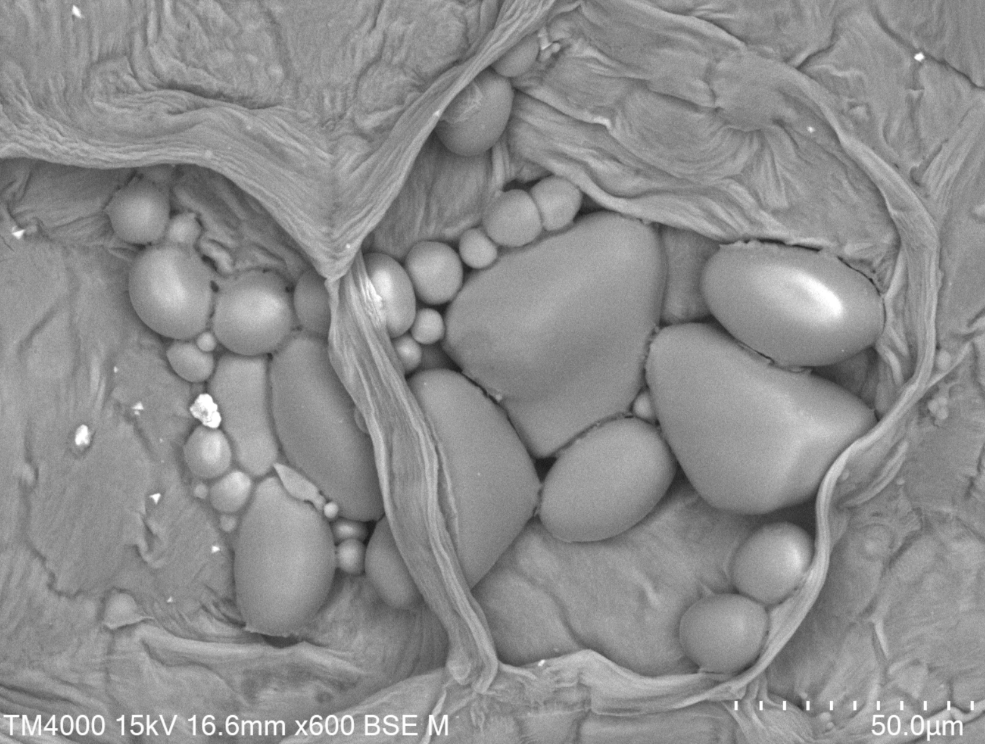

Project Based Learning
Students from Liverpool Life Sciences and The Studio School spent their project-based learning sessions exploring samples provided by Lily Amos from the University of Liverpool.
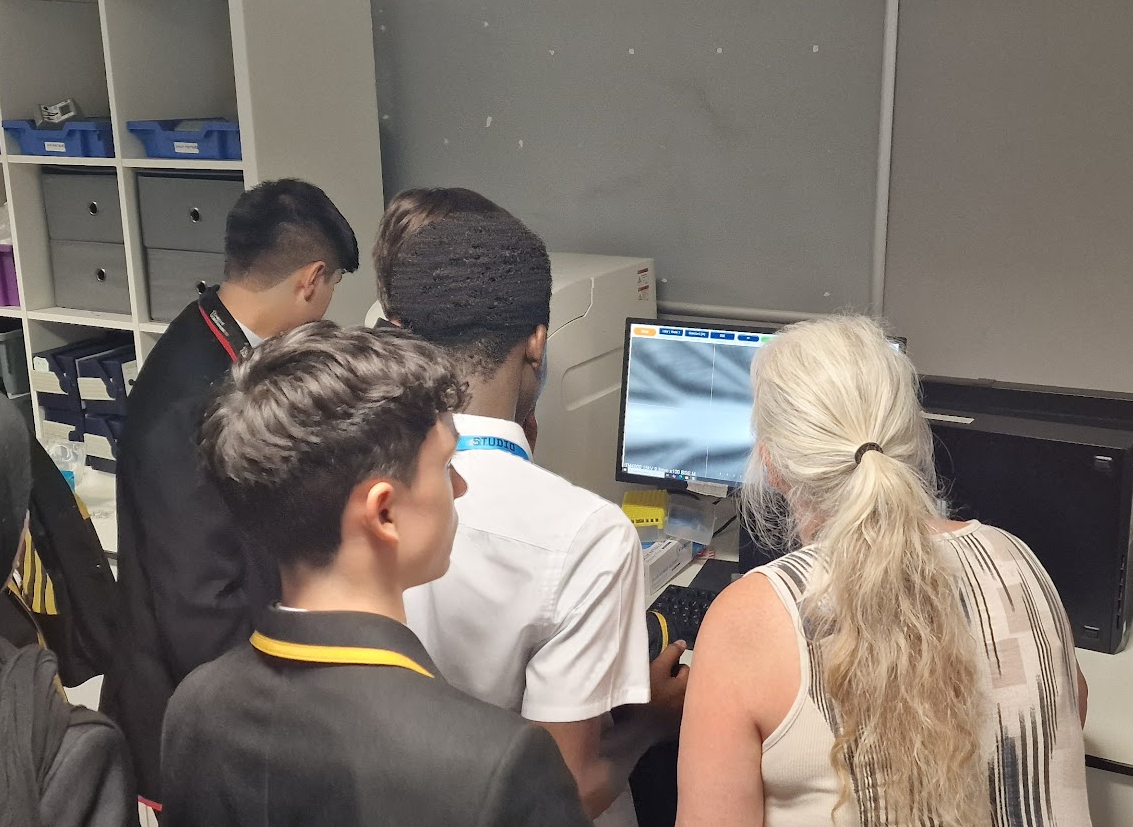
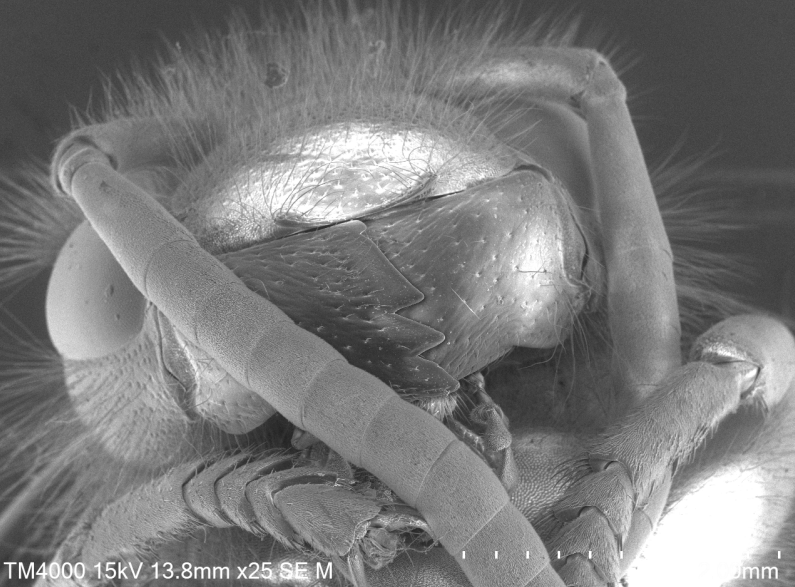
Green wevils

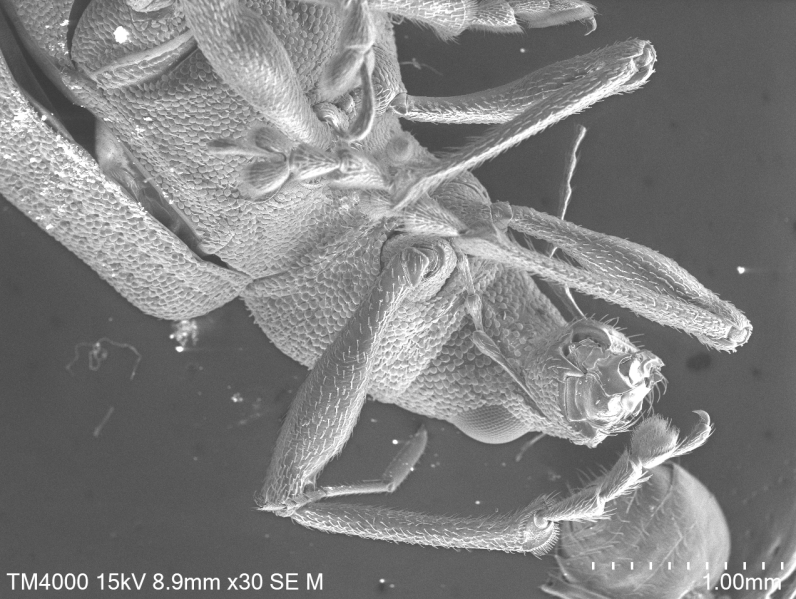
The images below are of a drosophila, a species of fruit fly which you may well see buzzing around the fruit bowl in summer. Drosophila externally digest their food; they secrete saliva containing enzymes which digest the food and then the digested food is sucked up through pseudotrachae.
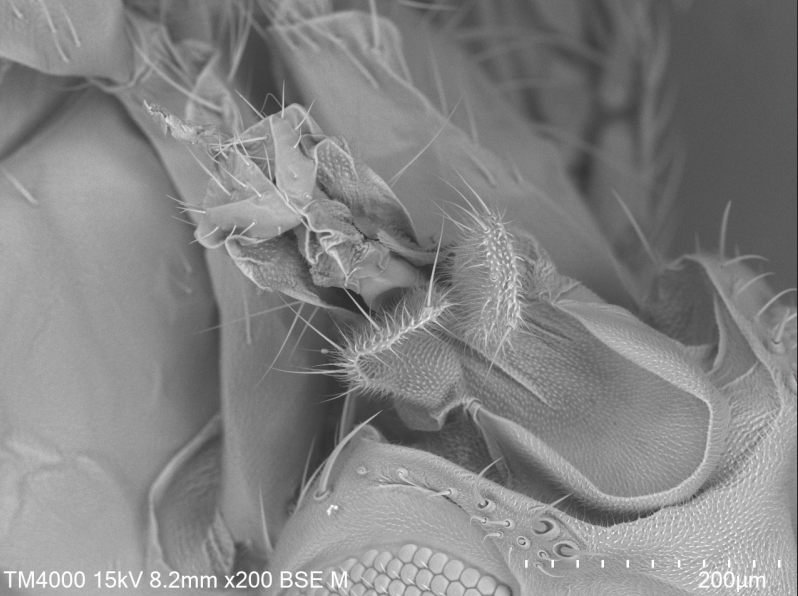
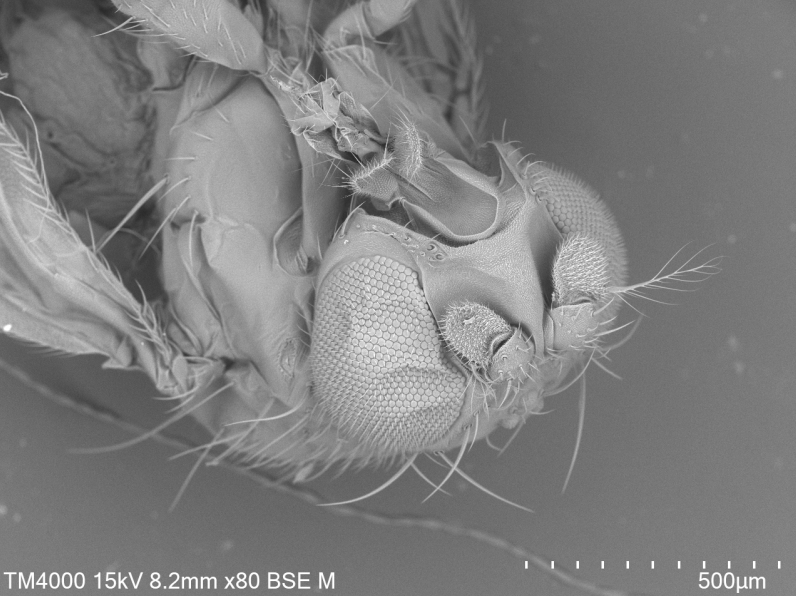
Roscoe Primary School
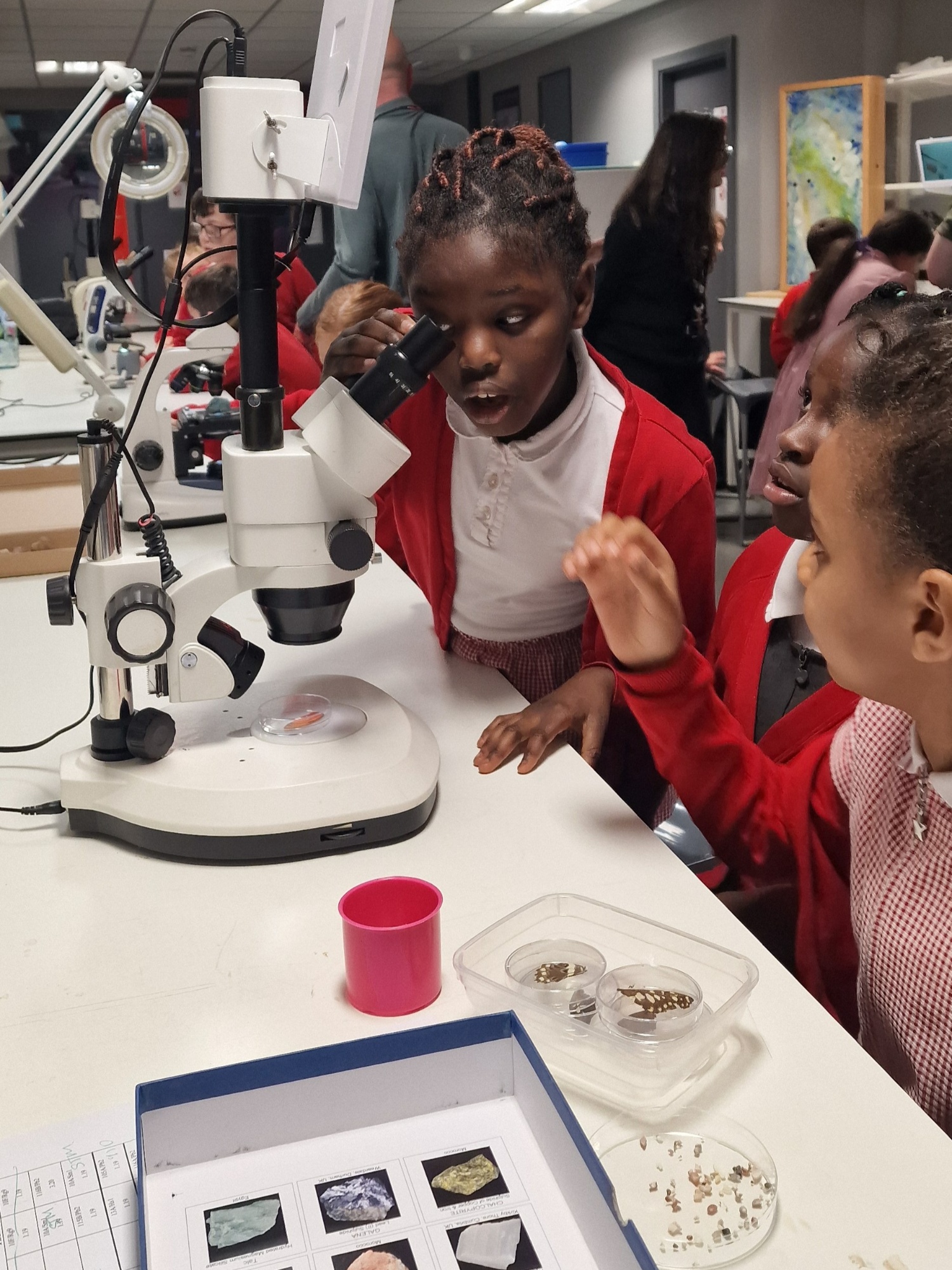
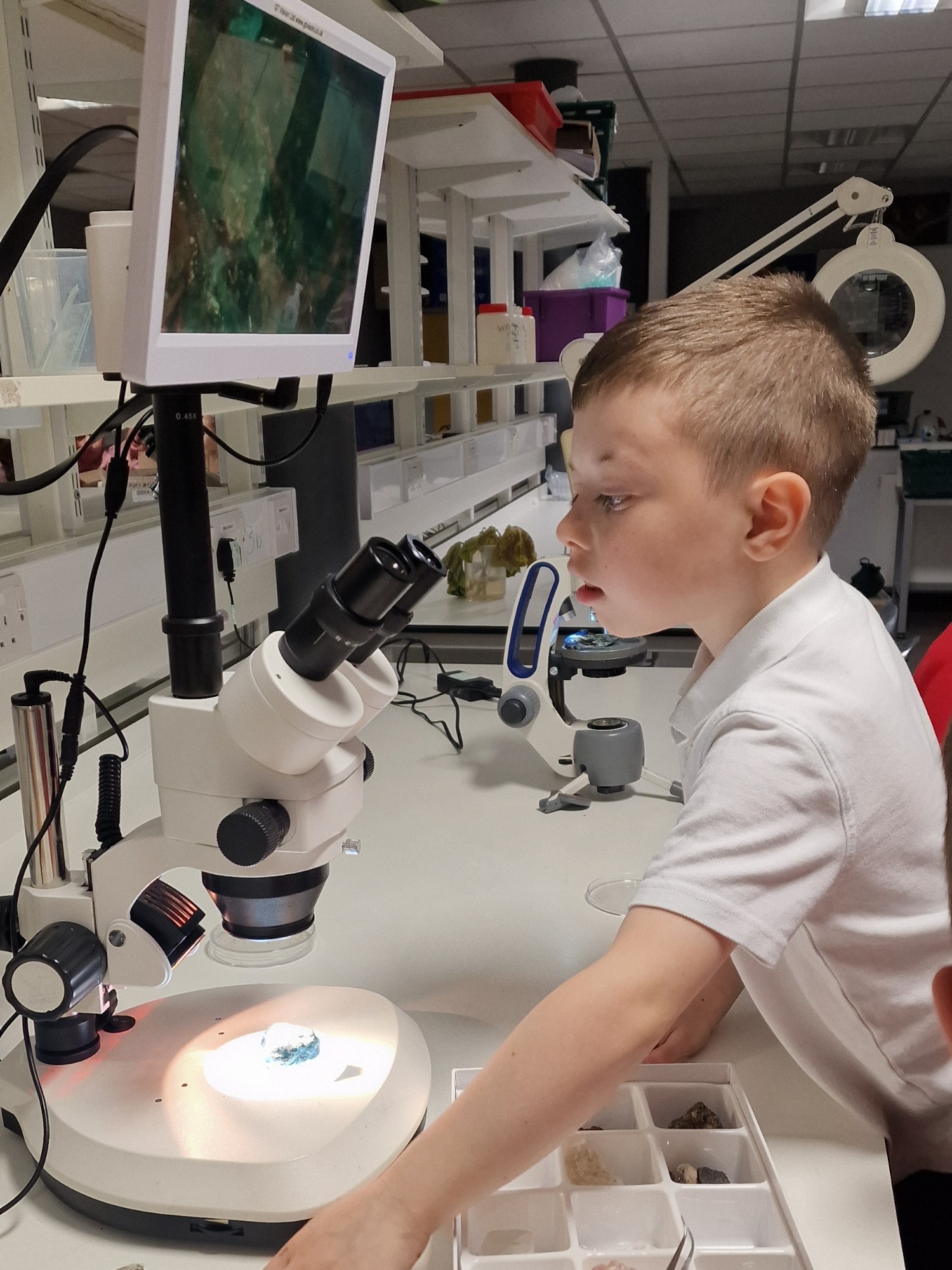
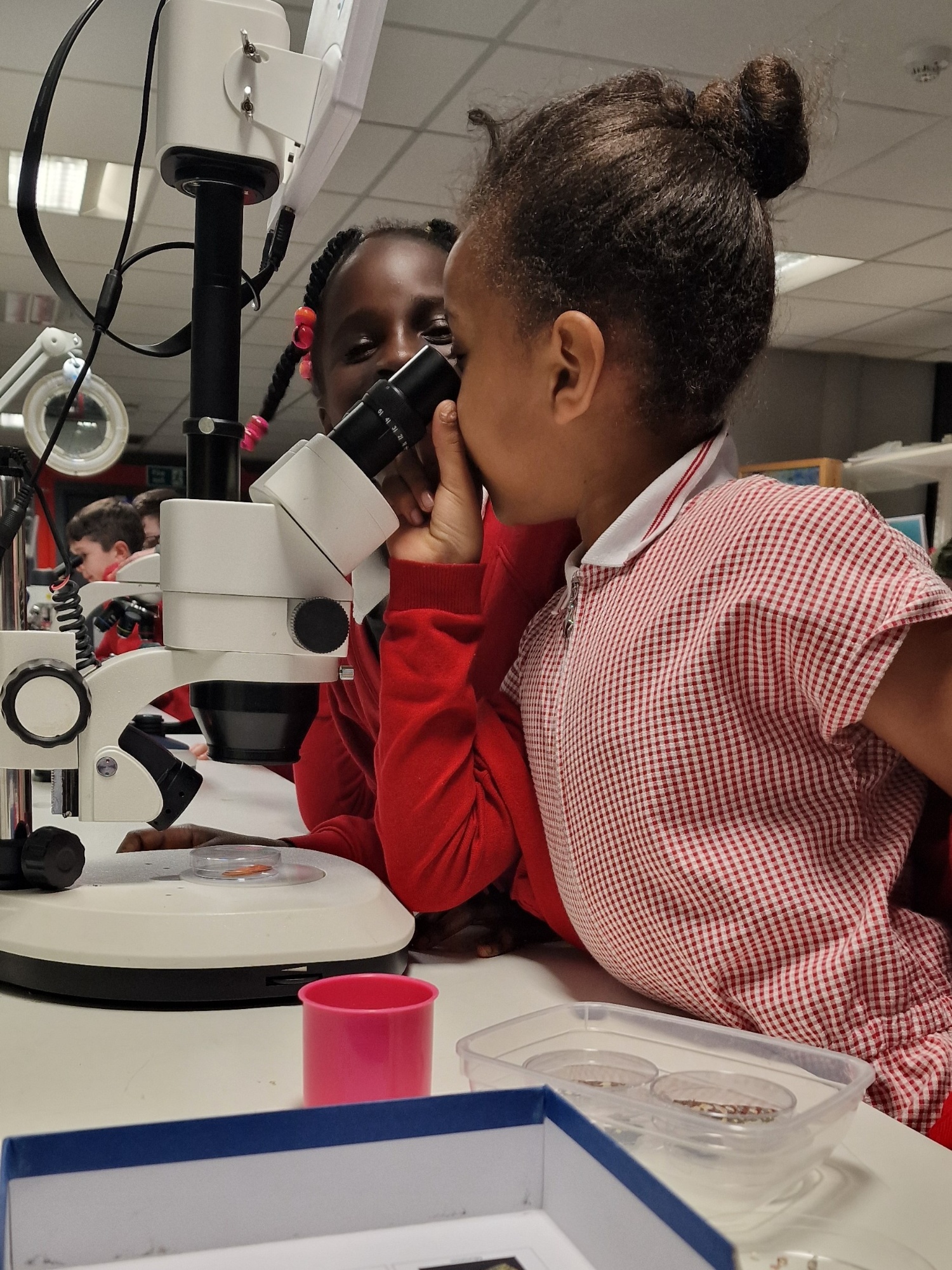
A student from Roscoe Primary School brought some of his pet Cat's fur. Students were astonished to see longitudinal patterning and spur-like offshoots. Cat fur which has previously been viewed is shown in the next photo and looks very different.
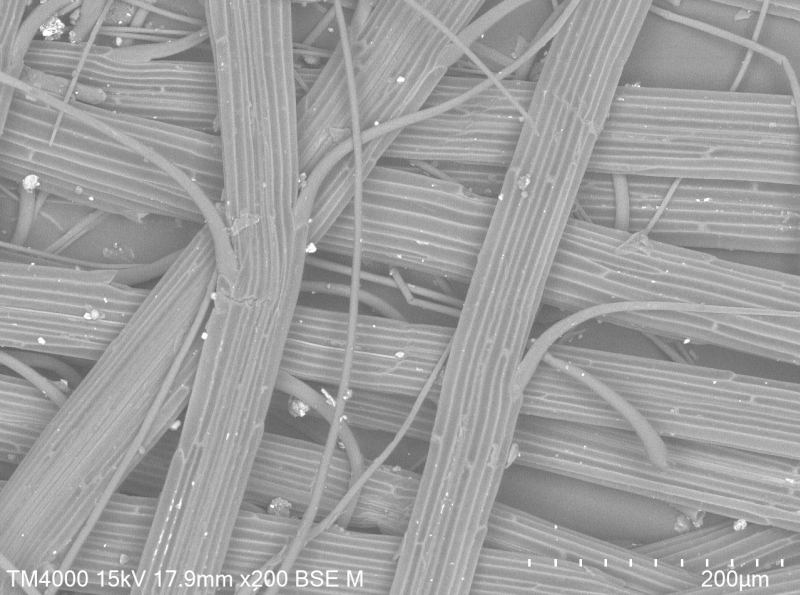
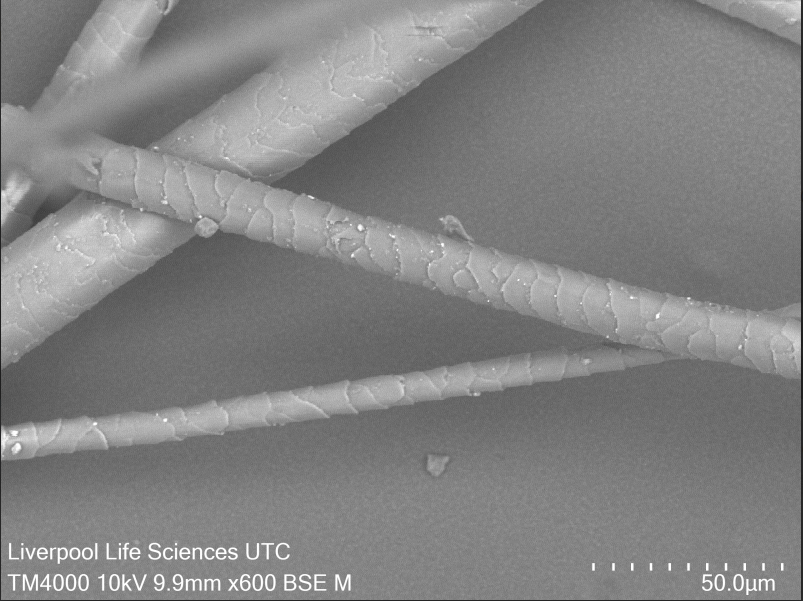
These interesting results have been shared with Dr Wren Montgomery at the Natural History Museum who directs "Operation Fluff". We are awaiting more fur which will be sent to NHM for further investigation and addition to the national collection.
Thomas Gray Primary School
Students from Thomas Gray are shown getting up close and personal with pollen samples provided by the Urban Beekeepers Association as part of a longitudinal study identifying pollen brought into hives throughout the year.
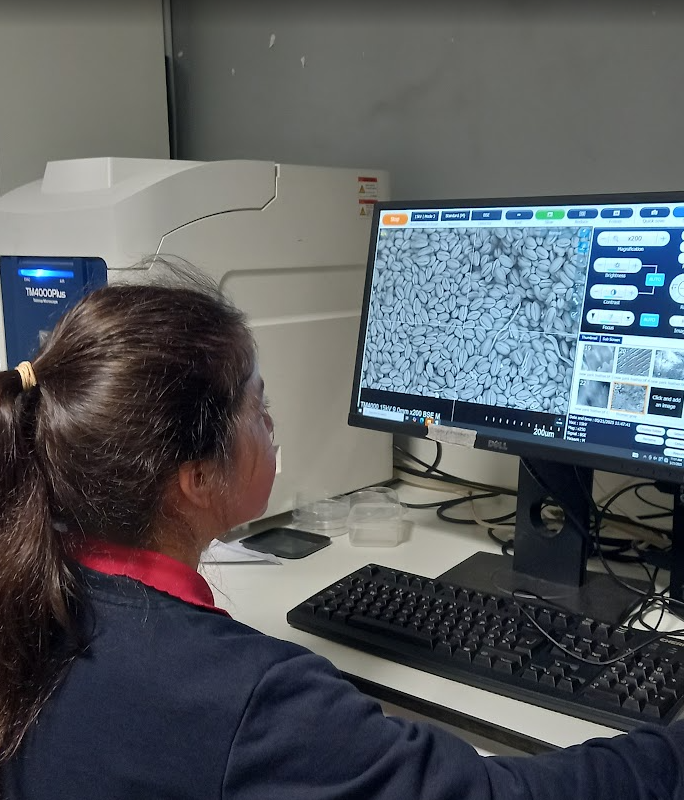
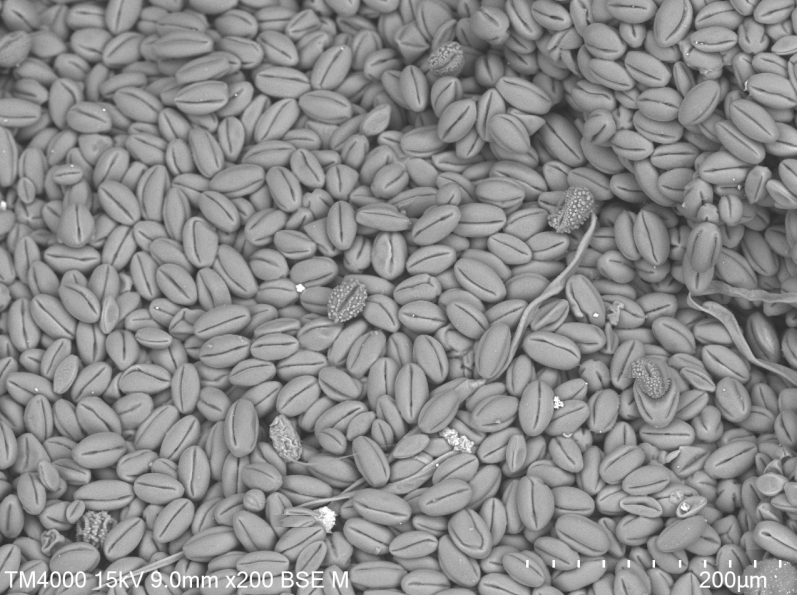
The picture to the right shows a 'saddle bag'; bees collect pollen by putting saliva on their feet and sticking the pollen together by wiping it on their legs.
If you look closely at a bee, you may be able to see these 'bags' of pollen stuck to their back legs. This sample contains several different types of pollen.
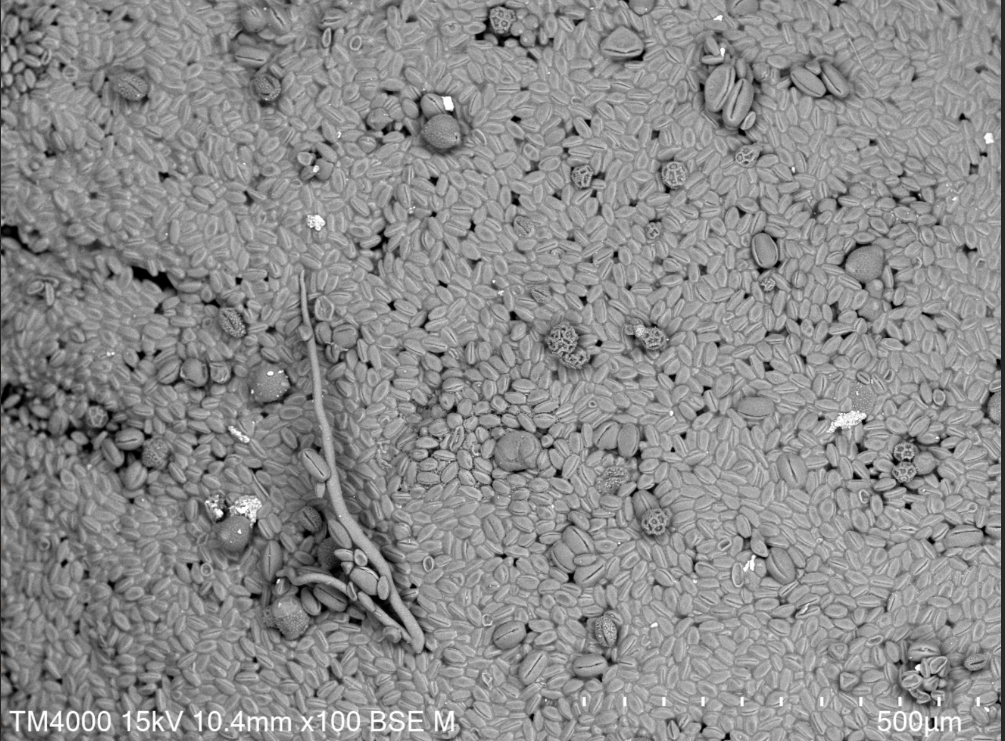
New Park Primary School
Students from New Park explored a few different samples including a flea from Mr Storey's cat! We also looked at the wings of a butterfly observing the scales. Next year, we are hoping to do a project observing structures on these scales which cause iridescence.
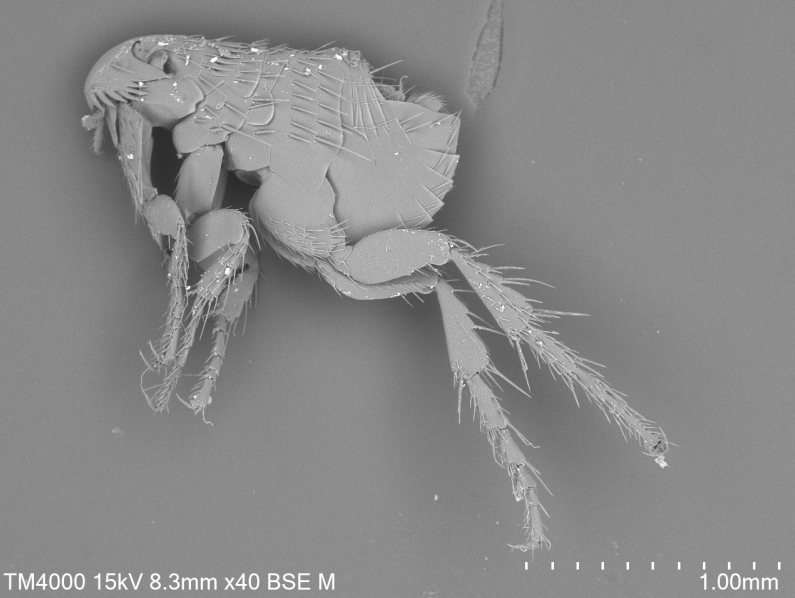
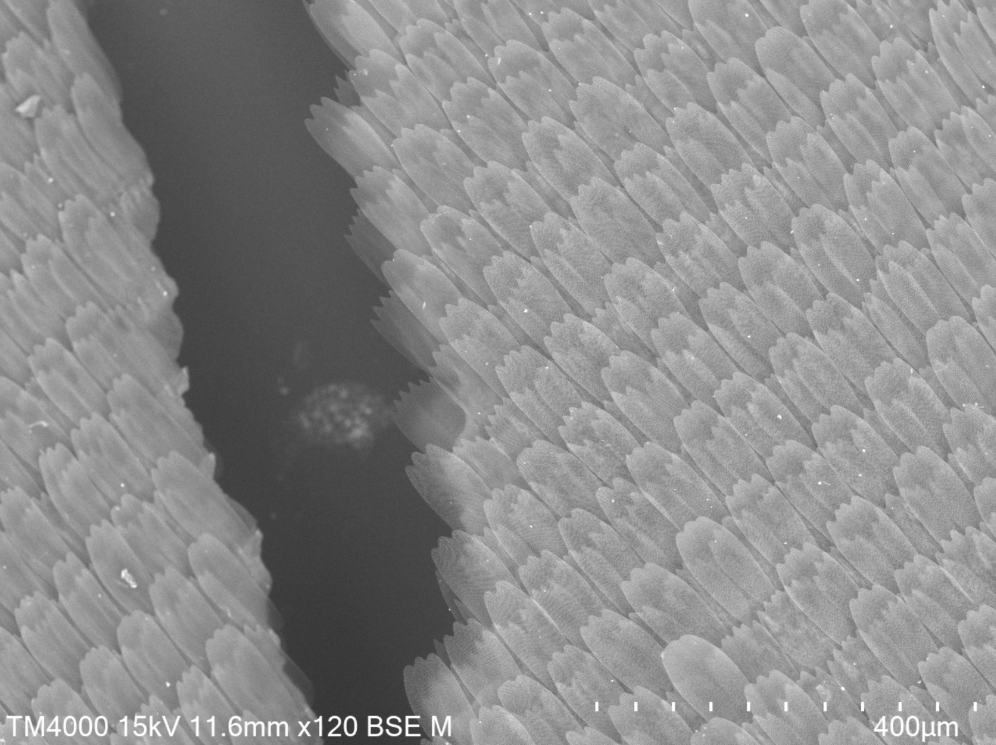
Liverpool Life Sciences UTC and The Northern Schools Trust are very grateful for the assistance of Dr Alex Ball at the Natural History Museum, and to IRIS (Institute for Research in Schools), Hitachi, and the Royal Microscopy Society.
If you are a school or Multi Academy Trust and want to get involved, find out more here:
Want to work with the Northern Schools Trust? Join us here.
